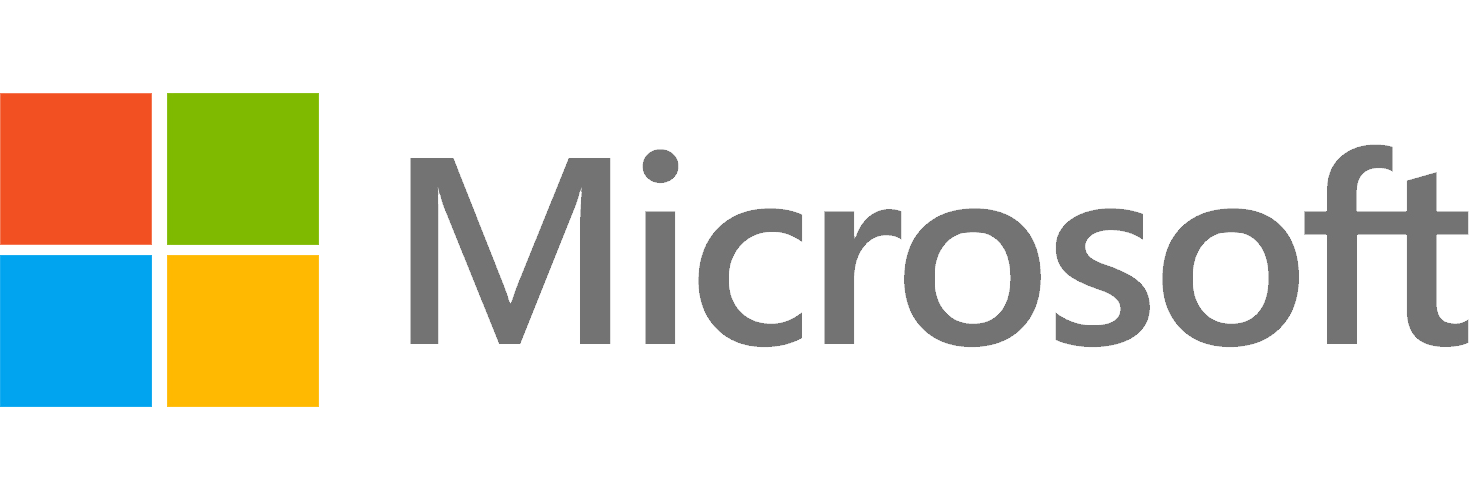
In this special episode of Cloud Wars, I sit down with Jason Maynard, executive vice president of revenue operations at Oracle to discuss the company’s transformational journey in cloud infrastructure, focusing on its strategic partnerships and commitment to customer-centric offerings.
Highlights
Oracle Shakes Up the Top 10 (00:34)
By dint of its innovation, Oracle has earned the right to move up to the number three spot on the Cloud Wars Top 10. Oracle’s cloud growth over the past few years has accelerated. It’s getting bigger, but it’s also growing faster. It’s seeing huge growth on the AI front. Training large language models is a big driver. OCI has taken a strong market position.
Oracle has innovated in terms of deployment options, and far-reaching things like the Oracle Database at Azure with Microsoft and Oracle Database at Google Cloud. Oracle is kicking open the doors to new possibilities for the future, centered around where customers are headed, not just where they’ve been.
Multi-Cloud Vision and Strategic Partnerships (03:26)
Maynard says that the future is multi-cloud. Interoperability between the clouds is what customers want. Oracle is tremendously excited about what it’s doing with Microsoft. OpenAI is running on OCI as well now. There’s a new partnership with Google and Google Cloud. Later this year, it will be opening up that same Oracle Database on OCI at GCP.
Four or five years ago, when Oracle recommitted itself fully to being a big-time player in the cloud infrastructure business, someone could have said, “These people are crazy.” But it pursued different ideas: lots of small data centers, different technology, different deployment methods. Its growth rates, customer adoptions, and customer stories speak to the fact that it didn’t just have a different idea, it had a different and better idea.
Ask Cloud Wars AI Agent about this analysis
Differentiated Architecture (06:47)
Maynard points out the “different architecture” of OCI. Rather than replicate competitors, Larry Ellison challenged the team to develop something different. There are new business models, including Oracle working with Microsoft and Google Cloud, making the model work for customers where they’re at. With Sovereign Cloud, it’s enabling customers to run that footprint within a nation. There’s the Alloy OEM model where partners can run OCI but run their own business model. The technical innovation leads to this business model, innovation, and openness.
Built-In AI (08:43)
Maynard notes that Oracle is participating with the largest AI companies in building AI models, as well as training and inferencing on these models. In databases, Oracle’s strategy is to bring AI to your data based on the company’s belief that customers are going to want small language models that run their data securely in Oracle. It’s not an add-on; with Oracle 23ai, those capabilities are built into the database. In applications, some companies took the approach of bolting AI on. With Oracle Fusion, NetSuite, and industry applications, the approach was that AI is going to be in everything; customers may not even know they’re using AI.
Helping Customers Grow (11:06)
When you consider technical innovation and business model innovation, the net result is that Oracle as a company is helping customers grow and be more productive. The Microsoft-Oracle partnership created a major revenue boost — what the company calls customer unlock — for Microsoft and how that shows Oracle acting for customers rather than sticking to old competitive models. “When you put the customer value, productivity goal, revenue goal, their interest at the heart of whatever they’re trying to solve for, it does unlock a lot of these things,” Maynard says.















